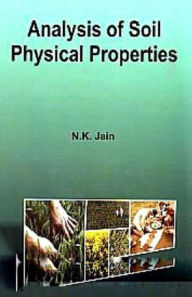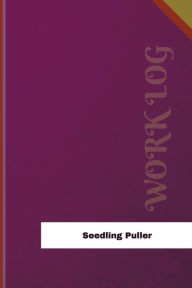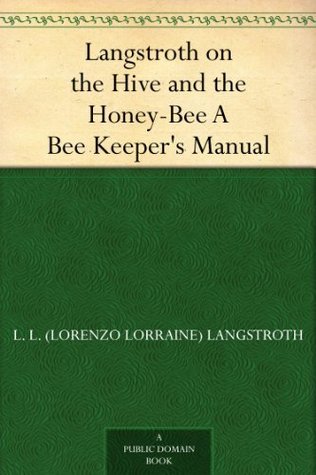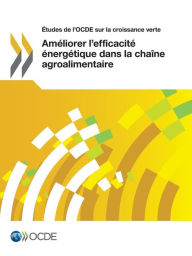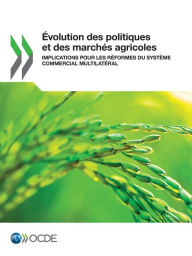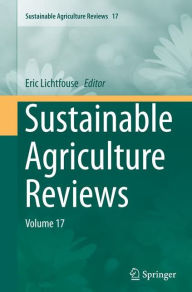Analysis of Soil Physical Properties N.
by K. Jain
2020-04-21 20:19:21
Analysis of Soil Physical Properties N.
by K. Jain
2020-04-21 20:19:21
Soils are porous and open bodies, yet they retain water. They contain mineral particles of many shapes and sizes and organic material which is colloidal (particles so small they remain suspended in water) in character. The solid particles lie in cont...
Read more
Soils are porous and open bodies, yet they retain water. They contain mineral particles of many shapes and sizes and organic material which is colloidal (particles so small they remain suspended in water) in character. The solid particles lie in contact one with the other, but they are seldom packed as closely together as possible. The size distribution of primary mineral particles, called soil texture, has a strong influence on the properties of a soil. Particles larger than 2 mm in diameter are considered inert. Little attention is paid to them unless they are boulders that interfere with manipulation of the surface soil. Particles smaller than 2 mm in diameter are divided into three broad categories based on size. Particles of 2 to 0.05 mm diameter are called sand; those of 0.05 to 0.002 mm diameter are silt; and the <0.002 mm particles are clay. The texture of soils is usually expressed in terms of the percentages of sand, silt, and clay. To avoid quoting exact percentages, 12 textural classes have been defined. Each class, named to identify the size separate or separates having the dominant impact on properties, includes a range in size distribution that is consistent with a rather narrow range in soil behaviour. The whole subject matter has been divided into many chapters which includes Soil Genesis and Soil Survey, Soil Physics, Physical Chemistry of Soils (Chemistry and Availability of major, secondary and micronutrients), Soil Biology and Soil and Environment.
Less


